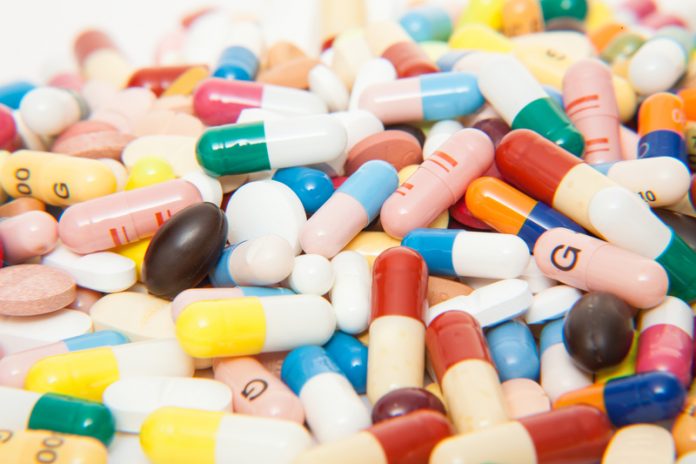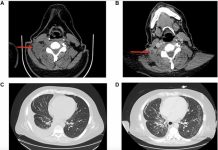Dr Ash Ramzan, Founder and Principal Consultant, Woodley BioReg Limited, turns the spotlight on falsified medicines in this pharmaceuticals focus
Falsified medicines are pharmaceuticals that are not produced by the authorised manufacturer — a Marketing Authorisation (MA) holder. These fraudulent drugs may contain an undeclared combination of active ingredients, be past their expiry date, or be mislabelled — all of which have a direct impact on patient safety. There have been many known cases of harm, including death, caused through such falsification.
The multi-billion-dollar trade in counterfeit medicines is well known and documented extensively. And whilst there have been a number of initiatives, with some still ongoing, they have had varying degrees of success. The global impact and the danger to patients continue to drive regulatory authorities to develop and implement increasingly rigorous processes.
The potential risks to perpetrators are massively outweighed by the potential benefits of being involved in falsification of medicines for both human and animal use; typically very short custodial sentences are handed down when huge profits can be made from counterfeiting pharmaceuticals.
As an example, one of the most serious cases in Europe involved 72,000 packs containing 2.1 million doses of medicine, with a retail value of £4.7 million. Referred to as Operation Singapore — as counterfeit products manufactured in Tianjin, China, were routed through Hong Kong and Singapore before being shipped to Belgium and then the UK — the flow of money was traced from the UK to China via Luxemburg and Mauritius, demonstrating the vast networks in place in this black-market industry.
Most recently, one of the main tools used to fight against this practice has been the implementation of The Falsified Medicines Directive (FMD) (1), which sets out the overall requirements that manufacturers of human medicinal products must meet as part of their legal responsibility. As this regulation predates Brexit, it is now transposed into UK Law. These FMD responsibilities extend to wholesalers, dealers, and parallel importers.
Briefly, there are three main strands to FMD that form part of the national competent authorities’ responsibilities for implementation. These are:
API (active pharmaceutical ingredient) quality
FMD holds the finished product manufacturer responsible for ensuring that APIs are made within the principles of cGMP, effectively eliminating the adulteration of the raw materials within medicinal products.
Online pharmacies
To address the rapid growth of prescription medicine through online pharmacies, FMD requires these medicinal outlets to be registered and issued with a certified logo that consumers can click to confirm the credibility of the dispenser.
Obligatory safety features
This provision includes two key safety features that most people will now be familiar with, a two-dimensional barcode and tamper-evident packaging.
The enactment of FMD is underpinned by a central European database where all authorised manufacturers of human medicines must register the details of the products manufactured. This includes identifiable data, such as lot numbers, batch sizes, dates and sites of manufacture and release, and more.
In addition, all parts of the supply chain must register to access the platform and most critically, the dispensing pharmacist fulfils the role of confirming when a product batch or pack has been allocated, thus effectively removing it from the database.
This system has been designed to ensure all participants in the manufacture, procurement, supply, distribution and dispensing of pharmaceuticals are registered onto the database and provided with the appropriate level of authority to perform their tasks.
The platform is designed so that once a medicine is dispensed, it would be incredibly difficult to reverse the process and return the item to inventory. Thus, with only authorised bodies able to register medicinal products onto the system, the potential for introduction of unauthorised items is eliminated. The system, therefore, ‘locks’ the supply chain from product release by the manufacturer to dispensation by the pharmacist and enables the detailed tracking of medicines throughout Europe.
Enforcement of FMD is underpinned by a range of elements, including the fact that the pharmaceuticals sector is a readily compliant industry with one of the highest levels of regulation.
The motivation for this is further underpinned by the global desire to rid the market of falsified medicines, which places a financial burden and legal risk on legitimate manufacturers. Monetary penalties — along with deregistration from the database — seek to ensure those which may wish to compromise compliance are removed from the supply chain.
Although the system has only been in place for two years, there’s already strong evidence of success. And while there continues to be theft of medicinal products, it’s too soon to assess if FDM has reduced the risk of wholesale falsification.
While the European system has been designed to be an ‘all singing all dancing’ method of reducing counterfeit medicines, there are other platforms in operation that address the same issue in other parts of the world.
One such system employed by legitimate manufacturers is the relatively simple application of scratch codes. These are removed by patients to reveal a unique password which is then texted to a central data centre to verify the product’s provenance and authenticity. This system was launched in several African countries in 2009, and around 30 million verifications have taken place to date.
Such systems for the verification of legitimate drugs are particularly important in regions where the need for treatment and prevention drugs is high, in combination with associated ease of falsification.
(1) (FMD, 2001/83/EC as amended to 2011/62/EU).











